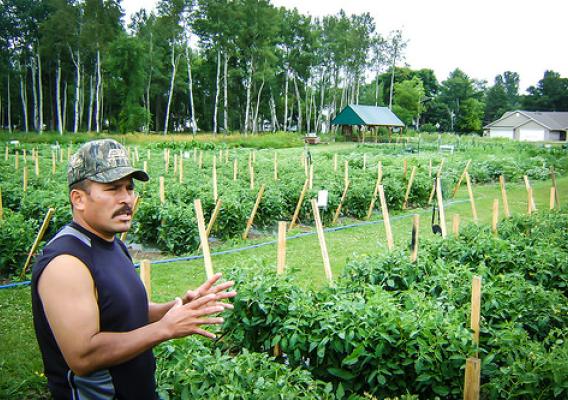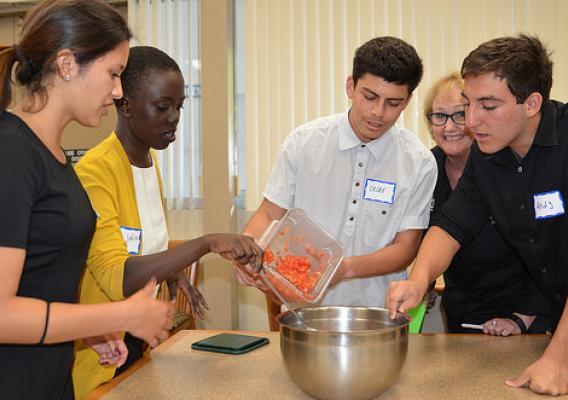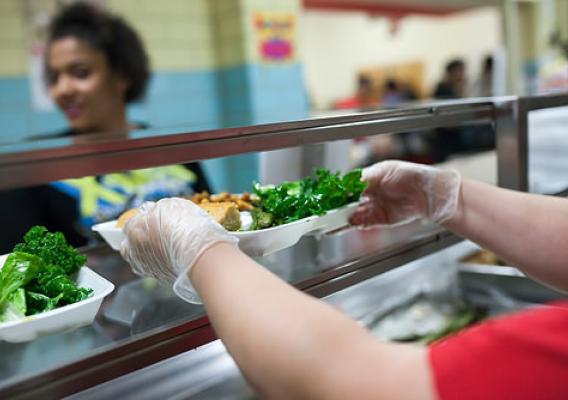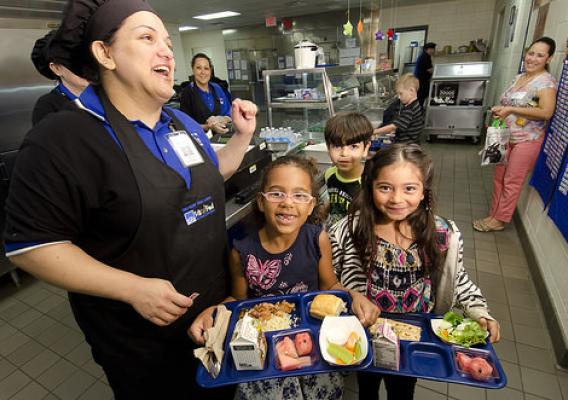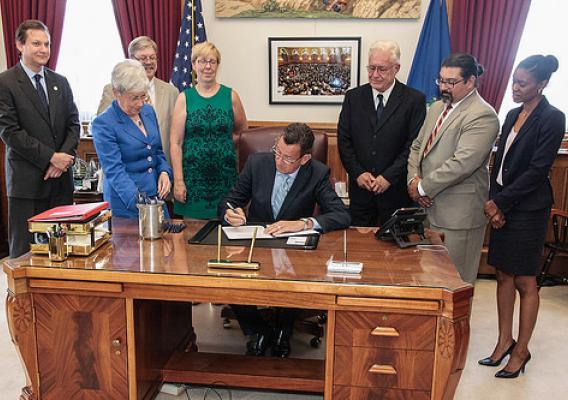Along with brilliantly colored hard squash, crisp apples, and hearty greens, October ushers in National Farm to School Month, a time to raise awareness about and celebrate the impact of farm to school programs on children, producers, and communities. Since 2012, I have directed USDA’s Farm to School Program, guiding the work of a small but enthusiastic team at the Food and Nutrition Service (FNS). Each October, we have more to celebrate: more USDA funds awarded to schools, agencies, and organizations to advance these programs; more money ending up in the pockets of local producers; more school gardens in which students can learn and grow; and more healthful school meals that feature local foods.
A new report, announced by Agriculture Secretary Vilsack earlier this month, helps quantify our celebration. An analysis of grant-making over the last three years reveals that USDA has awarded $15.1 million through 221 grants in 49 states, the District of Columbia, and the U.S. Virgin Islands. Fifty percent of funded projects included expanding healthy menu options offered in the cafeteria; 46 percent included training for food service staff about menu planning, meal preparation, and cooking with local and regional foods; and 65 percent included nutrition education activities. These funds have helped 12,300 schools improve nutritious meal options made with local ingredients for 6.9 million students, while expanding market opportunities for family farmers and ranchers in their communities.


